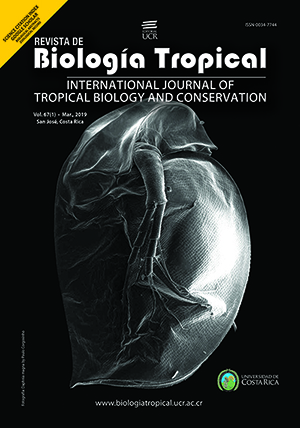Abstract
The solubility equilibrium of calcite is influenced by physicochemical, climatic and biological factors. Annual cycles of exceptionally prolonged drought, in conjunction with naturally occurring diffuse organic pollution, generate the unique conditions for the precipitation of lithified carbonate structures (microbialites). The aim of this article is to analyze the possible implications of calcite precipitation produced in mats of Cladophora sp. in an Andean subtropical basin, considering it is the first time this phenomenon is described for the region. We collected samples from selected sites at the Lules River Basin, in four sampling dates between the years 2003 and 2004, within a monitoring work of 15 years. Samples were analyzed using an electron microscope and X-ray diffraction analysis. We found that Gomphonema sp. attached to Cladophora sp. contributes to precipitation of calcite and formation of microbialite like structures, in the studied area. This work presents an initial discussion of the discovery of microbialites-like structures attached to Cladophora sp. mats in a subtropical Andean stream and the environmental conditions that lead to their production, as well as the possible ecological implications of these microbialites.
##plugins.facebook.comentarios##

This work is licensed under a Creative Commons Attribution 4.0 International License.
Copyright (c) 2019 Hugo R. Fernández, Ana Lucia Gonzalez Achem, Marcela Correa, Virginia H. Albarracín






